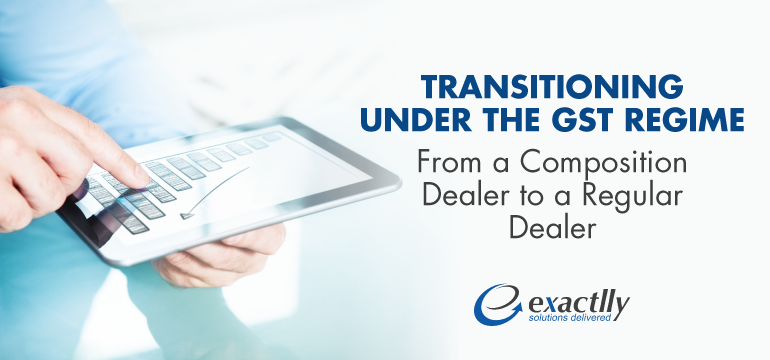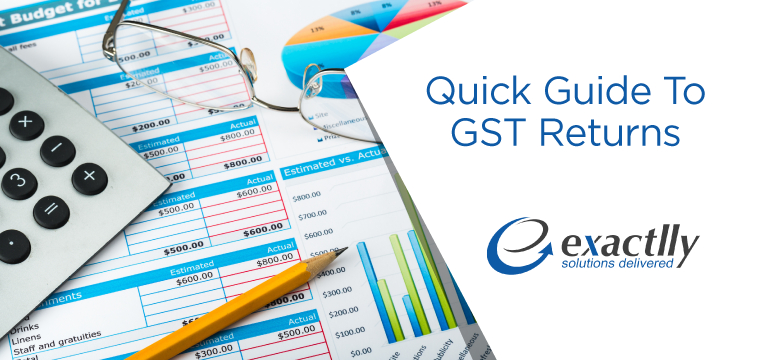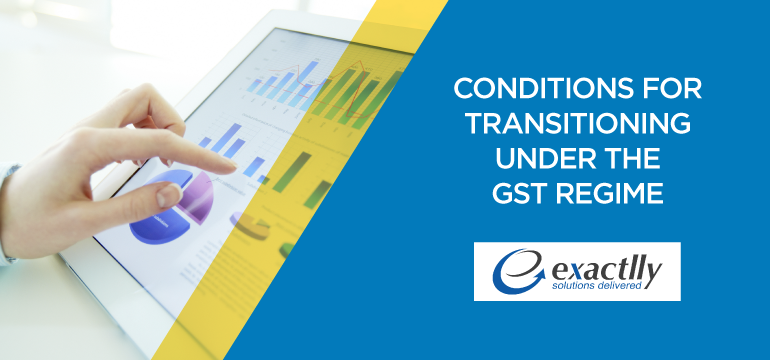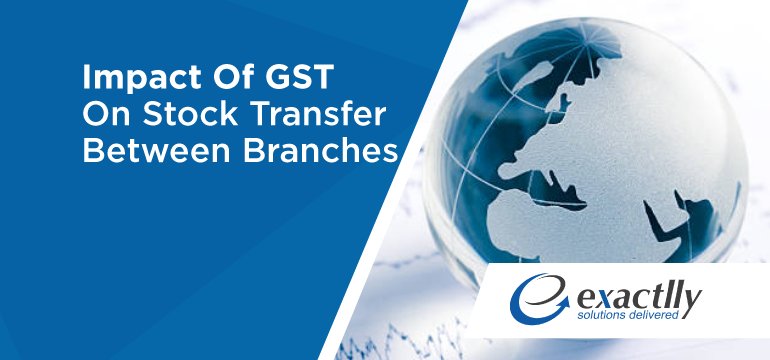Impact Of GST On Working Capital For SMEs
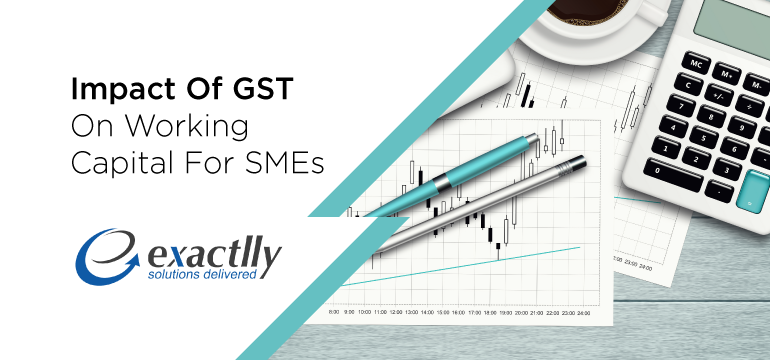
Management of working capital is a chaotic task that all businesses have to take care of – working capital helps to stem the needs that arise from daily operational activities of a business and is required by small and large businesses alike, irrespective of their size. Ill management of the working capital of a business can lead to adverse effects including closing of the business altogether. The GST has several implications on working capital of a business as well. Since the rollout of the GST is very close, it is pertinent to understand the ways in which the GST is going to affect this crucial aspect of any business.
We have put together a snapshot of the various ways in which SMEs (Small and Medium Enterprises) are impacted by the GST in terms of their working capital and how a business can use the GST to its advantage in this regard.
Input Tax Credit – furtherance of business
|
Current Regime |
GST Regime |
|
|
As an illustration, let us take the following expenses of Max Traders –
|
Details |
Current Regime (Tax rate at 15%) |
GST Regime (Tax rate at 18%) |
| Gross Profit |
1,00,000 |
1,00,000 |
| Expenses | ||
| Marketing |
11,500 |
10,000 |
| Printing |
11,500 |
10,000 |
| Advisory |
11,500 |
10,000 |
| Net Profit |
65,500 |
70,000 |
Under the current example, input tax credit is not available on business overheads / expenses and thus these expenses are debited directly to the profit & loss account of the business. Input tax credits are only eligible for being availed on input services that are linked directly to the taxable output.
Under the GST regime, a business is eligible for availing of input tax credit on a business expense or overhead as mentioned above, provided such overheads are used for the furtherance of a business or in the course of a business. Thus, under the GST regime the only expenses that are debited to the profit & loss account are the actual expenses that a business incurs (not inclusive of taxes).
Working capital is thus strengthened in this manner as expenses that are incurred for furthering a business help in increasing the net margins of a business. However, in order to encourage this behavior, businesses are required to procure their goods and services only from registered dealers and maintain regular accounts and invoices basis the tax paid on such business expenses.
Input Tax Credit Impact
|
Current Regime |
GST Regime |
|
|
Managing suppliers and vendors on part of the business is extremely vital under the GST because even if your business is running fine, any conflict on part of the supplier in filing returns can land you in big trouble in terms of claiming input tax credit. Therefore, it becomes imperative for a business to do a background check on all the vendors it deals with and seek business from those that are GST compliant.
Some points to remember are as follows –
- Lack of compliance may lead to losing out on customers;
- Businesses can lose their rating if they are not compliance and this may lead to closure of the business.
Advance Taxability
|
Current Regime |
GST Regime |
|
|
Stock transfer to branch impact
|
Current Regime |
GST Regime |
|
|
Because of tax, higher working capital may be required by businesses and SMEs may find it difficult to function on lesser working capital. The burden and impact on working capital may be reduced when branches are examined and planned effectively and cross branch transfers are leveraged. Thus, a business is required to do a complete impact analysis for all the various locations from which it operates. Additionally, knowing the tax liabilities that may arise on it shall also go a long way in helping the business.
Service Sector SMEs
|
Current Regime |
GST Regime |
|
|
Inverted duty structure
Tax on input > Tax on output.
The excise duty on raw materials is 12.5% and on finished goods the same is 6% under the central excise laws (especially in the pharma industry). This leads to accumulated credit which remains unutilized.
|
Current Regime |
GST Regime |
|
|
GST Transition and impact on Input Tax Credit
- In closing balance of the CENVAT and Input VAT is carried forward as CGST and SGST input tax credit upon transitioning to the GST.
- All accounts are required to be maintained by businesses basis all purchases so that no input tax credit is lost.
- Credit is not permitted on duties and taxes like excise and entry tax as upon transition to GST, the goods or services that fall under the exempt category currently, may be taxable; or under the GST the business may fall under the threshold limit of INR 10 lakhs as applicable to special category states or INR 20 lakhs as applicable to the rest of the country, and therefore shall be liable to be registered (previously an unregistered manufacturer); or the business may be paying excise duty against which input tax credit cannot be availed.
- Upon transition into the GST regime, all duties and taxes paid on the closing stock shall be permitted for availing input tax credit – provided they meet specific conditions as laid down by way of government notifications. This does away with the cascading effect of taxes and for SMEs this is good news as they can look to the working capital needs of their business.
All SME businesses therefore are required to plan and prepare so as to reap the maximum benefits of input tax credit they may be eligible to avail. They must ensure simple things like maintaining accounts books for all tax invoices or purchases made against Rule 11; carrying out regular transaction based reviews for all credit availed so as not to miss out on the same; and ensuring settlement of all debit and credit notes so that the proper balance is carried forward.
In conclusion, working capital helps in enhancing the role of a business, especially when the business is classified as an SME. Under the GST regime, the working capital of a business shall be impacted greatly and businesses must ensure compliance in order to have a smooth transition from the current regime into the GST regime. Businesses should avail of full benefits associated with claiming input tax credit on business overheads and not losing out on such credit. All these aspects shall help in mitigating any risks that may arise on usage of working capital.

